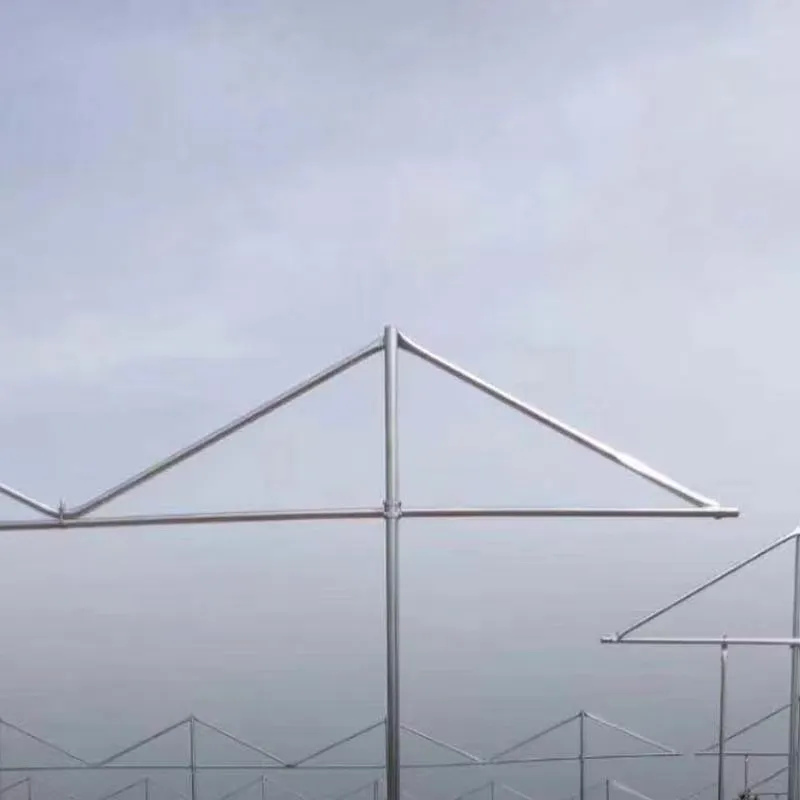-
 Afrikaans
Afrikaans -
 Albanian
Albanian -
 Amharic
Amharic -
 Arabic
Arabic -
 Armenian
Armenian -
 Azerbaijani
Azerbaijani -
 Basque
Basque -
 Belarusian
Belarusian -
 Bengali
Bengali -
 Bosnian
Bosnian -
 Bulgarian
Bulgarian -
 Catalan
Catalan -
 Cebuano
Cebuano -
 China
China -
 Corsican
Corsican -
 Croatian
Croatian -
 Czech
Czech -
 Danish
Danish -
 Dutch
Dutch -
 English
English -
 Esperanto
Esperanto -
 Estonian
Estonian -
 Finnish
Finnish -
 French
French -
 Frisian
Frisian -
 Galician
Galician -
 Georgian
Georgian -
 German
German -
 Greek
Greek -
 Gujarati
Gujarati -
 Haitian Creole
Haitian Creole -
 hausa
hausa -
 hawaiian
hawaiian -
 Hebrew
Hebrew -
 Hindi
Hindi -
 Miao
Miao -
 Hungarian
Hungarian -
 Icelandic
Icelandic -
 igbo
igbo -
 Indonesian
Indonesian -
 irish
irish -
 Italian
Italian -
 Japanese
Japanese -
 Javanese
Javanese -
 Kannada
Kannada -
 kazakh
kazakh -
 Khmer
Khmer -
 Rwandese
Rwandese -
 Korean
Korean -
 Kurdish
Kurdish -
 Kyrgyz
Kyrgyz -
 Lao
Lao -
 Latin
Latin -
 Latvian
Latvian -
 Lithuanian
Lithuanian -
 Luxembourgish
Luxembourgish -
 Macedonian
Macedonian -
 Malgashi
Malgashi -
 Malay
Malay -
 Malayalam
Malayalam -
 Maltese
Maltese -
 Maori
Maori -
 Marathi
Marathi -
 Mongolian
Mongolian -
 Myanmar
Myanmar -
 Nepali
Nepali -
 Norwegian
Norwegian -
 Norwegian
Norwegian -
 Occitan
Occitan -
 Pashto
Pashto -
 Persian
Persian -
 Polish
Polish -
 Portuguese
Portuguese -
 Punjabi
Punjabi -
 Romanian
Romanian -
 Russian
Russian -
 Samoan
Samoan -
 Scottish Gaelic
Scottish Gaelic -
 Serbian
Serbian -
 Sesotho
Sesotho -
 Shona
Shona -
 Sindhi
Sindhi -
 Sinhala
Sinhala -
 Slovak
Slovak -
 Slovenian
Slovenian -
 Somali
Somali -
 Spanish
Spanish -
 Sundanese
Sundanese -
 Swahili
Swahili -
 Swedish
Swedish -
 Tagalog
Tagalog -
 Tajik
Tajik -
 Tamil
Tamil -
 Tatar
Tatar -
 Telugu
Telugu -
 Thai
Thai -
 Turkish
Turkish -
 Turkmen
Turkmen -
 Ukrainian
Ukrainian -
 Urdu
Urdu -
 Uighur
Uighur -
 Uzbek
Uzbek -
 Vietnamese
Vietnamese -
 Welsh
Welsh -
 Bantu
Bantu -
 Yiddish
Yiddish -
 Yoruba
Yoruba -
 Zulu
Zulu
Safety Features and Benefits of Monofilament Netting for Various Applications
The Importance of Monofilament Safety Nets in Modern Aquaculture
The aquaculture industry has been rapidly growing over the past few decades, driven by the increasing global demand for seafood. As this sector expands, ensuring sustainable and safe practices becomes paramount. One innovative solution that has garnered attention is the use of monofilament safety nets in fish farming operations. These nets play a critical role in both the safety of aquatic species and the efficiency of the farming process.
Understanding Monofilament Nets
Monofilament nets are crafted from a single strand of high-density polyethylene (HDPE) or nylon, which gives them a variety of advantageous properties compared to traditional nets made from multifilament threads. Monofilament nets are typically smoother and less abrasive, which not only aids in reducing fish stress but also minimizes injuries to delicate marine life. Furthermore, the individual strands provide exceptional strength and durability, allowing these nets to withstand harsh environmental conditions, including strong currents and extreme weather.
Advantages of Monofilament Safety Nets
1. Reduced Fish Mortality One of the primary benefits of using monofilament safety nets is the reduction in fish mortality rates. The smooth surface of these nets decreases the chances of fish getting caught or entangled, which can often lead to stress-induced deaths. Moreover, the finer mesh size allows for adequate protection against predators while still maintaining good water flow.
2. Enhanced Visibility Monofilament nets are often more transparent than traditional options, which can help create a more natural environment for the fish. This increased visibility can lead to improved feeding behavior and growth rates, crucial factors in maximizing yield in aquaculture.
monofilament safety net

3. Sustainability As consumers become more aware of sustainability issues, the demand for more eco-friendly aquaculture practices rises. Monofilament nets contribute positively to this movement by minimizing harm to non-target species, thus preserving local biodiversity. Their longevity also means fewer replacements are necessary, reducing waste and resource consumption.
4. Ease of Maintenance Another significant advantage of monofilament safety nets is their ease of cleaning and maintenance. These nets are less prone to algae buildup and fouling, which can often plague multifilament nets. This ease of upkeep leads to lower operational costs and ensures that the nets remain functional for longer periods.
The Challenges of Monofilament Nets
Despite the numerous benefits, the adoption of monofilament safety nets is not without its challenges. The initial investment can be higher compared to traditional nets, which may deter some aquaculture operators, especially smaller operations. Additionally, the production of these nets raises concerns about the environmental impact of plastic materials. However, advancements in recycling and the development of biodegradable alternatives are beginning to address these issues.
Conclusion
In conclusion, monofilament safety nets represent a significant advancement in aquaculture technology. Their unique properties address many of the challenges faced by fish farmers while promoting more sustainable practices. As the industry continues to grow, the adoption of innovative solutions like monofilament nets will be crucial in balancing the dual demands of increasing seafood production and protecting marine ecosystems.
With ongoing research and development, the aquaculture industry can look forward to further enhancements in technologies and practices that prioritize both productivity and environmental responsibility. By integrating monofilament safety nets into their operations, aquaculture farmers can ensure a healthier and more sustainable future for fish farming, meeting the needs of consumers while caring for the planet.
-
Shipping Plastic Bags for Every NeedNewsJul.24,2025
-
Safety Netting: Your Shield in ConstructionNewsJul.24,2025
-
Plastic Mesh Netting for Everyday UseNewsJul.24,2025
-
Nylon Netting for Every UseNewsJul.24,2025
-
Mesh Breeder Box for Fish TanksNewsJul.24,2025
-
Expanded Steel Mesh Offers Durable VersatilityNewsJul.24,2025











